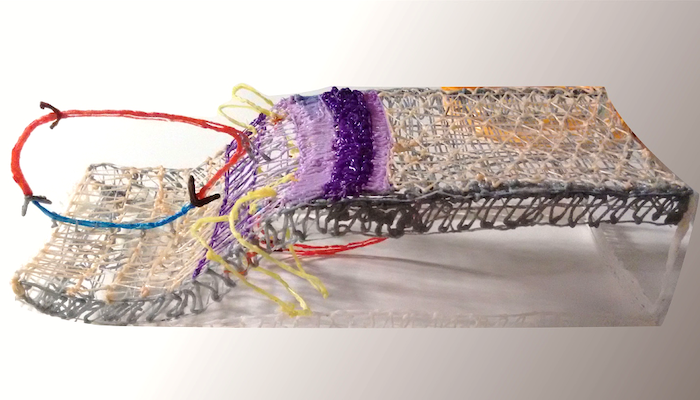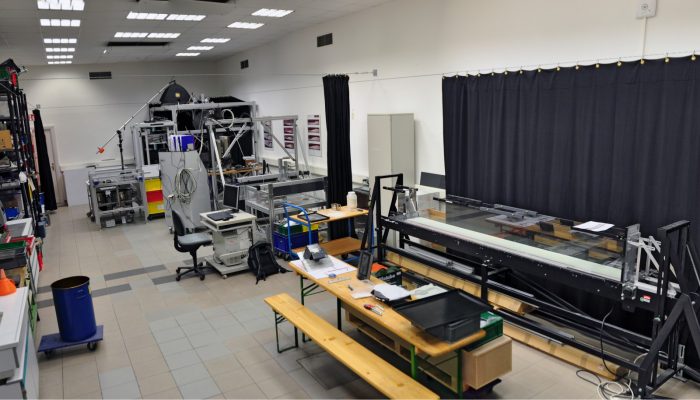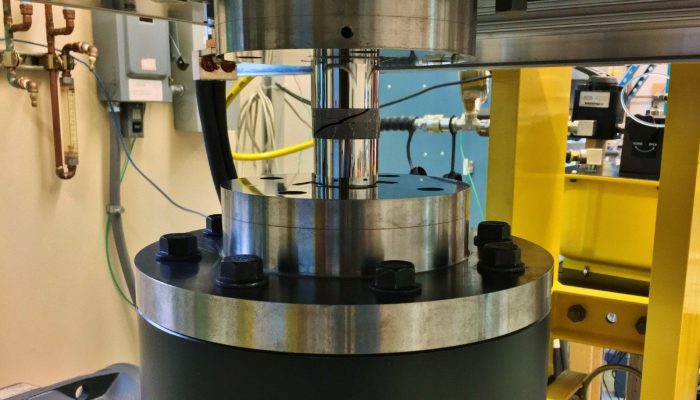Ágnes Király is a postdoctoral research fellow at the Centre of Earth Evolution and Dynamics (CEED) at the University of Oslo, Norway. Ági has a background in geophysics, incorporating natural observations with numerical and analog models to study subduction zone processes. Ági has simulated subduction systems mostly in the Central Mediterranean. Working this spring will probably be somewhat diffe ...[Read More]
Neutrons and X-rays: 3D and 4D imaging in geoscience

Anne Pluymakers is an assistant professor at TU Delft, whose hobbies include experimental rock mechanics and fluid-rock interaction. She focuses on the effects of fluids on mechanical behaviour of rocks at representative in-situ temperature and pressure conditions, with a strong focus on hydrochemical fluid-rock interaction. Investigating the microstructure of the rock and how it is altered is cri ...[Read More]
Minds over Methods: Dating deformation with U-Pb carbonate geochronology
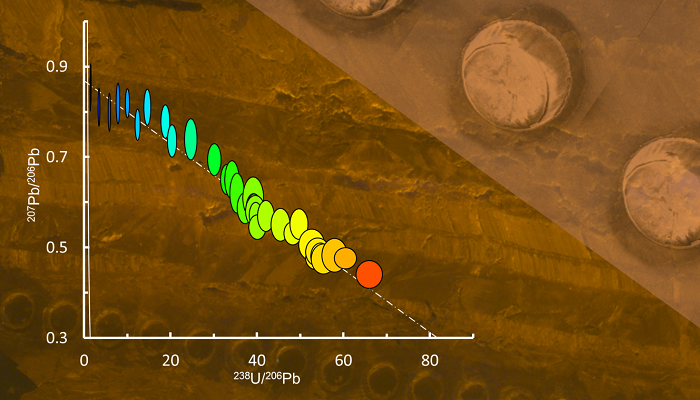
For this edition of Minds over Methods, we have invited Nick Roberts, a research scientist at the British Geological Survey, working within the Geochronology and Tracers Facility (GTF) running a LA-ICP-MS laboratory. Nick has a background in ‘hard-rock’ geology, incorporating geochemistry, geochronology, and magmatic and metamorphic petrology across a wide range of tectonic settings, and is now in ...[Read More]
Minds over Methods: Virtual Microscopy for Geosciences

The next “Minds over Methods” blogpost is a group effort of Liene Spruženiece (left) – postdoctoral researcher at RWTH Aachen and her colleagues Joyce Schmatz, Simon Virgo and Janos L. Urai. The Virtual Microscope is a collaborative project between RWTH Aachen University and Fraunhofer Institute for Applied Information Technology (Schmatz et al., 2010; Virgo et al., 2016). In the ...[Read More]
Minds over Methods: Mineral reactions in the lab
Mineral reactions in the lab André Niemeijer, Assistant Professor, Department of Earth Sciences at Utrecht University, the Netherlands In this blogpost we will go on a tour of the High Pressure and Temperature (HPT) Laboratory at Utrecht University and learn about some of the interesting science done there. André’s main interest is fault friction and all the various processes that are invol ...[Read More]
Minds over Methods: Massively dilatant faults in Iceland – from surface to subsurface structures

In this Minds over Methods we don’t have one, but two scientists talking about their research! Michael Kettermann and Christopher Weismüller, both from Aachen University, explain us about the multidisciplinary approach they use to understand more about massively dilatant faults. How do they form and what do they look like at depth? Massively dilatant faults in Iceland – from surface to subsu ...[Read More]
Minds over Methods: Tectonochemistry of Melting Mud in the Mantle, evidence from the Oman/UAE ophiolite
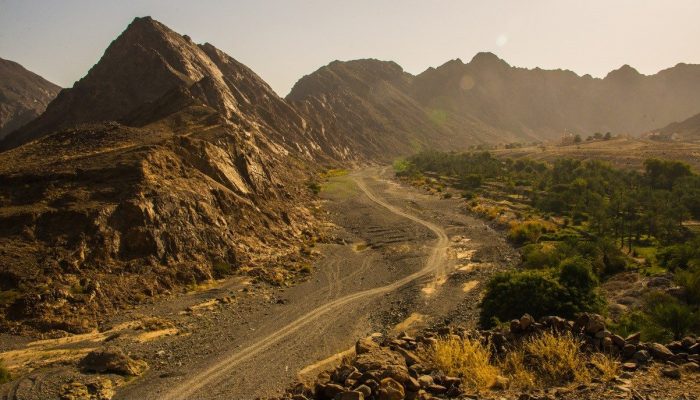
For this first Minds over Methods of 2019, we invited Christopher Spencer, Senior Research Fellow at Curtin University in Australia, to tell us something about tectonochemistry. By applying geochemistry to tectonic processes, it is possible to get more insight into the different stages of the rock cycle. By combining fieldwork and geochemical analyses of the Oman/UAE ophiolite, Chris and his co-wo ...[Read More]
Minds over Methods: What controls the shape of oceanic ridges?

In this edition of Minds over Methods, Aurore Sibrant, postdoc at Bretagne Occidentale University (France) explains how she studies the shape of oceanic ridges, and which parameters are thought to control this shape. By using laboratory experiments combined with observations from nature, she gives new insights into how spreading rates and lithosphere thickness influence the development of oceanic ...[Read More]
Minds over Methods: Experimental seismotectonics
For our next Minds over Methods, we go back into the laboratory, this time for modelling seismotectonics! Michael Rudolf, PhD student at GFZ in Potsdam (Germany), tells us about the different types of analogue models they perform, and how these models contribute to a better understanding of earthquakes along plate boundaries. Experimental seismotectonics – Seismic cycles and tectonic ...[Read More]
Minds over Methods: Making ultramylonites
“Summer break is over, which means we will continue with our Minds over Methods blogs! For this edition we invited Andrew Cross to write about his experiments with a new rock deformation device – the Large Volume Torsion (LVT) apparatus. Andrew is currently working as a Postdoctoral Research Associate in the Department of Earth and Planetary Sciences, Washington University in St. Louis, USA. ...[Read More]

